
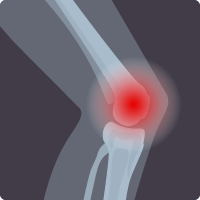
The knee joint has an important role in walking and running and is specifically designed to hinge and move in a forward, not backward orientation. It is the largest joint in the body. Ligaments provide stability to a joint by attaching bone to bone. Muscles also provide stability but are responsible for moving the limbs and providing power to the joint.
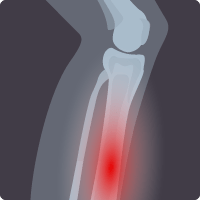
The shin area consists of two bones including the tibia and the fibula, which support movement and stabilize the ankle. The functions of the tibia and fibula bones include: supporting movement, serving as origin points for many powerful muscles that move the front and lower leg.
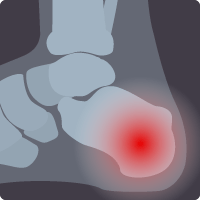
The calcaneus is known as the heel bone which is the largest bone in the foot. It helps absorb the shock at heel strike in our walking pattern. Several large soft tissue structures originate at calcaneus, including the Achilles tendon and the plantar fascia.
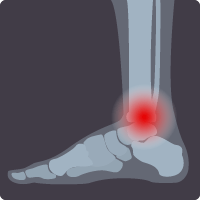
The ankle joint is made up of three bones called the tibia, fibula and talus. These three bones move like a hinge to allow up and down foot movement.
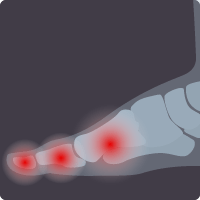
The forefoot is the front part of the foot which includes the ball of the foot and the toes. The toes work with ligaments and tendons to provide movement, enhance balance, and propel our body forward in walking and running.